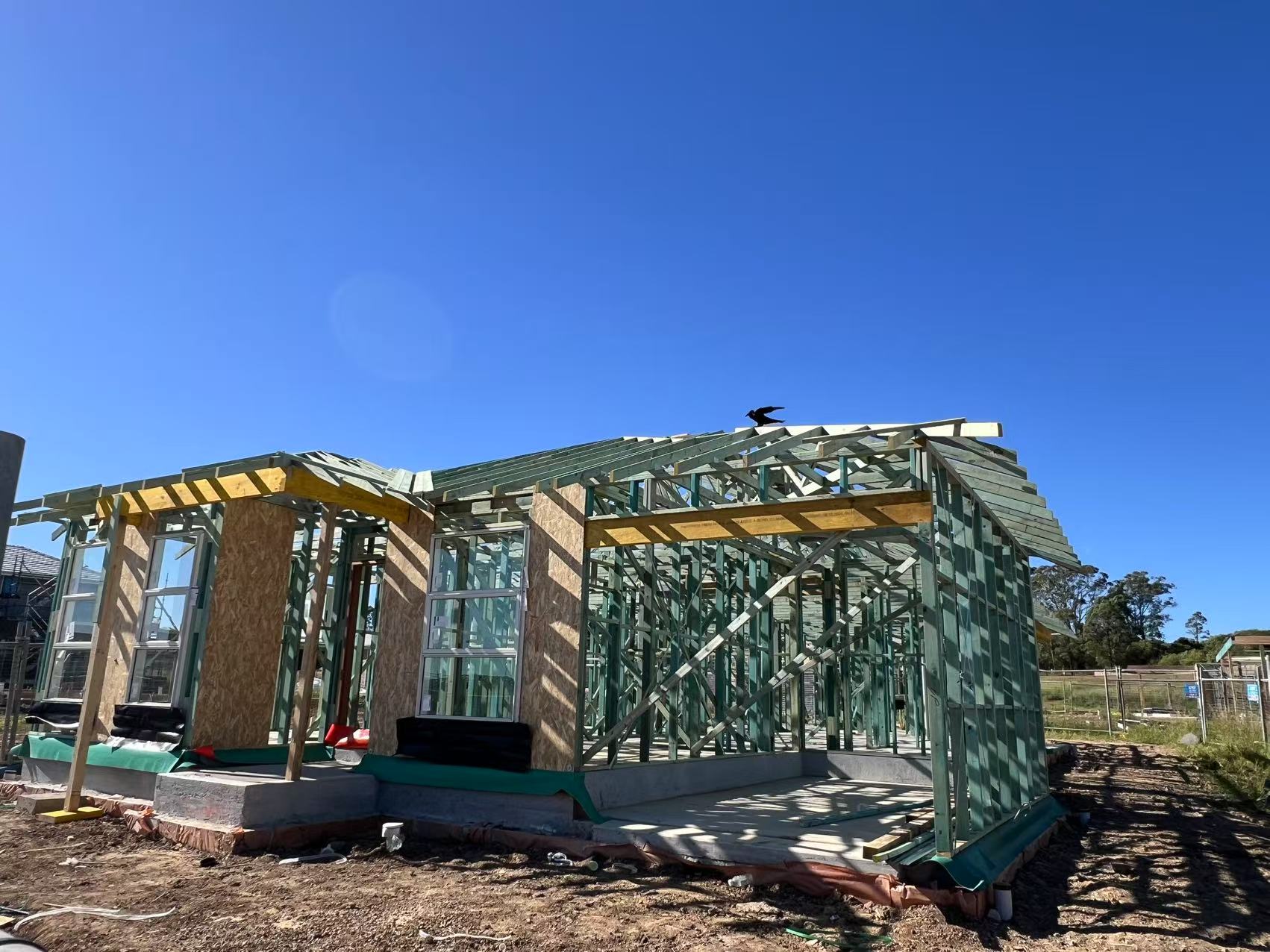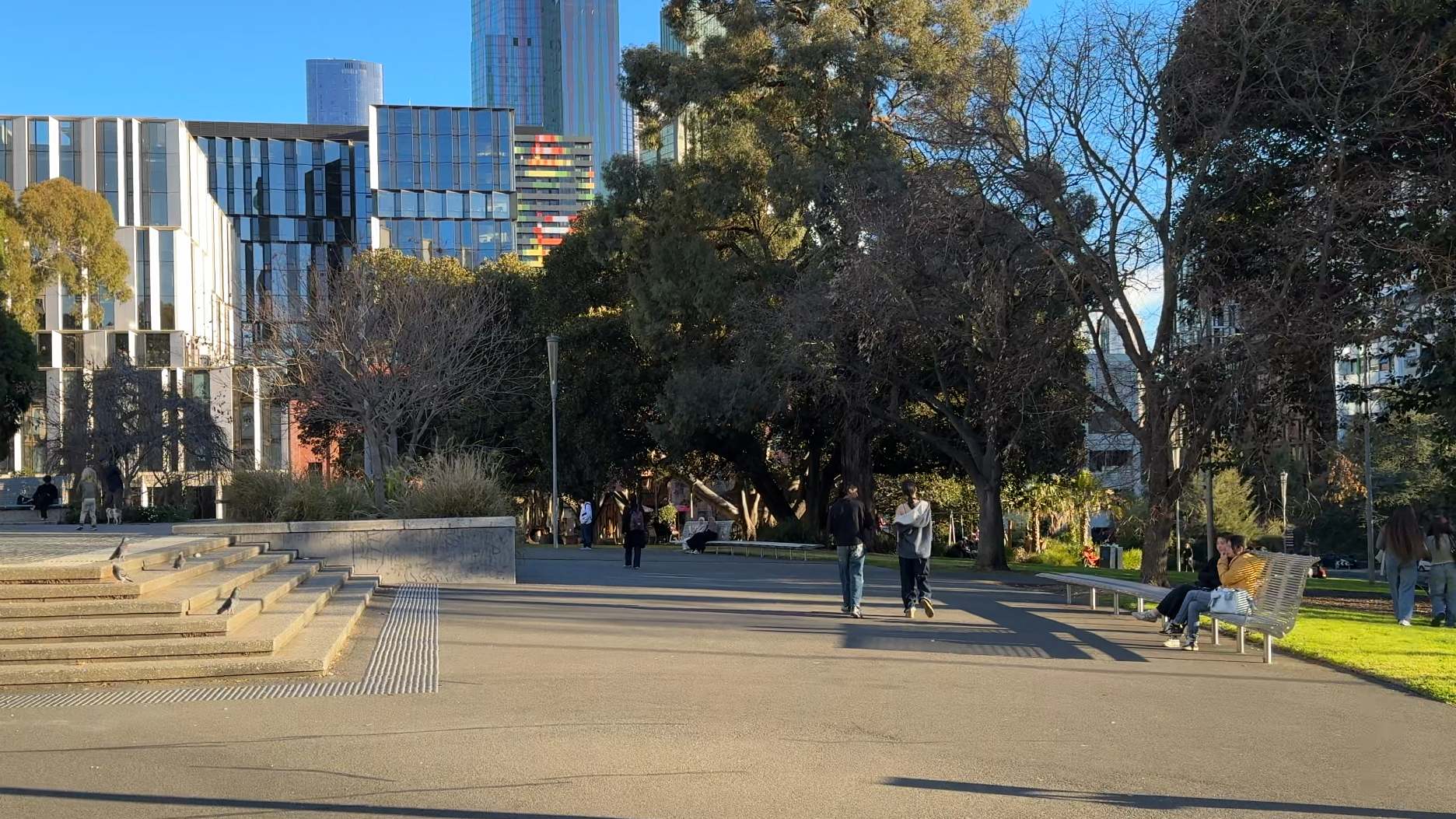
Australia has long implemented an open immigration policy, attracting large numbers of technical, family reunification and investment migrants each year.
These new immigrants are mostly young families and highly skilled talent, who not only bring labor, but also create a huge need for housing.
At the same time, Australia remains one of the top three study countries in the world.
Thousands of international students flock to Sydney, Melbourne and Brisbane each year, driving strong rental demand and indirectly boosting returns for investment-grade properties.
The long-term purchasing power of these demographic structures keeps demand in the Australian housing market stable at all times.
In other words,Housing demand will not weaken as long as population continues to grow。
This is the key foundation for Australia's long-term “bearish resistance.”
In addition to population growth, the Australian government's massive investment in infrastructure is changing the landscape of cities.
Take Sydney for example,Western Sydney Airport (opened in 2026) will drive the rise of new towns in the entire Western Region;
Sydney Metro The subway network redefines commuting times and city boundaries.
In Brisbane,Cross River Rail、Brisbane Metro and 2032 Olympic Stadium ConstructionTo further promote urban renewal, making the region along the line a hot spot for emerging investment.
These large infrastructures not only improve transportation, but also redistribute population and employment centers, driving the rapid development of peripheral areas.
Therefore,Infrastructure dividends often determine the future growth rate and potential value of a region.
Population leads to stable demand, infrastructure creates regional value, and the two combine to form a “twin engine” that drives housing prices.
Based in Western Sydney Parramatta F.C. For example, a successful transformation into a second CBD through a rail and business centre scheme over a decade saw significant increases in house prices.
And in Brisbane, Olympics-themed material combined with large-scale infrastructure investment has made it one of the most visited cities in recent years.
All of these cases explain,The growth of the Australian housing market is not a short-term speculation, but a structural long-term phenomenon.
In the Australian housing market,
These two forces interact to form the underlying logic behind the long-term upward trend in Australian house prices.
As such, the growth of the Australian housing market is not a bubble but a “long-term upgrade” driven jointly by population and urban development.
